Echinodorus Creeping Burhead – Information On Creeping Burhead Plant Care


Creeping burhead plants (Echinodorus cordifolius) are members of the water plantain family and are commonly used in freshwater aquariums and outdoor fishponds. Echinodorus creeping burhead is native to the eastern half of the United States. It grows submerged in the mud and shallow waters of slow moving streams and ponds.
What is Creeping Burhead
Echinodorus creeping burhead is an aquatic plant with glossy green leaves that grow close together to form a clump. The attractive leaves make this plant ideal for use as a centerpiece in aquariums and fish tanks.
When planted outdoors creeping burhead plants can reach four feet (about 1 m.) tall and produce white flowers during the summer months. In some states this plant is endangered but in other areas it has become an invasive weed. It's advisable to contact your county Cooperative Extension office or your state's department of natural resources to check on the local status before planting it outdoors or removing it from the wild.
Growing Creeping Burhead in Aquariums
When totally immersed, it is a robust plant with bright green leaves. For most varieties, creeping burhead plant care is fairly easy. They do best in a shady location that receives less than 12 hours of light per day. Longer periods of light can result in leaves growing quickly and reaching the top of the aquarium. Periodically pruning the roots also helps control the size of creeping burhead plants.
In the aquarium setting plants enjoy temperatures between 50-81?. (10-27?.). Higher temperatures stimulate more growth than cooler ones. They do best when water pH stabilizes between 6.2 to 7.1.
Echinodorus creeping burhead is available at pet stores, aquarium shops, and online aquatic plant sites. Aquarists and pond enthusiast can choose from several varieties:
- Aureus – A beautiful variety with yellow to golden heart shaped leaves. Can be more expensive and difficult to maintain than other varieties.
- Fluitans – Definitely a plant for larger aquariums. This variety has longer, narrower leaves which can reach 16 inches (41 cm.) long. Unlike other varieties, the leaves tend to lay on surface rather than protruding out of the water.
- Marble Queen – This smaller variety only reaches heights of eight inches (20 cm.), but its popularity is due to its green and white marbled leaves. The mottling intensifies under brighter light.
- Ovalis – An easy to grow plant suitable for smaller aquariums or shallow ponds. The diamond shaped leaves grow 14 inches (36 cm.) tall.
Gardening tips, videos, info and more delivered right to your inbox!
Sign up for the Gardening Know How newsletter today and receive a free copy of our e-book "How to Grow Delicious Tomatoes".

Laura Miller has been gardening all her life. Holding a degree in Biology, Nutrition, and Agriculture, Laura's area of expertise is vegetables, herbs, and all things edible. She lives in Ohio.
-
 Get Ready For A Summer Of Hummers! Grow These Full Sun Hummingbird Plants and Flowers
Get Ready For A Summer Of Hummers! Grow These Full Sun Hummingbird Plants and FlowersIf you’re lucky enough to enjoy a sunny backyard, make sure you are maxing out on your pollinator opportunities and grow these full sun hummingbird plants and flowers
By Tonya Barnett
-
 12 Lush Alternatives To A Lawn For Sustainable Spaces
12 Lush Alternatives To A Lawn For Sustainable SpacesAlternatives to a lawn are beautiful and also beneficial to your local ecosystem and its pollinators. Explore our top picks for plants to replace grass.
By Tonya Barnett
-
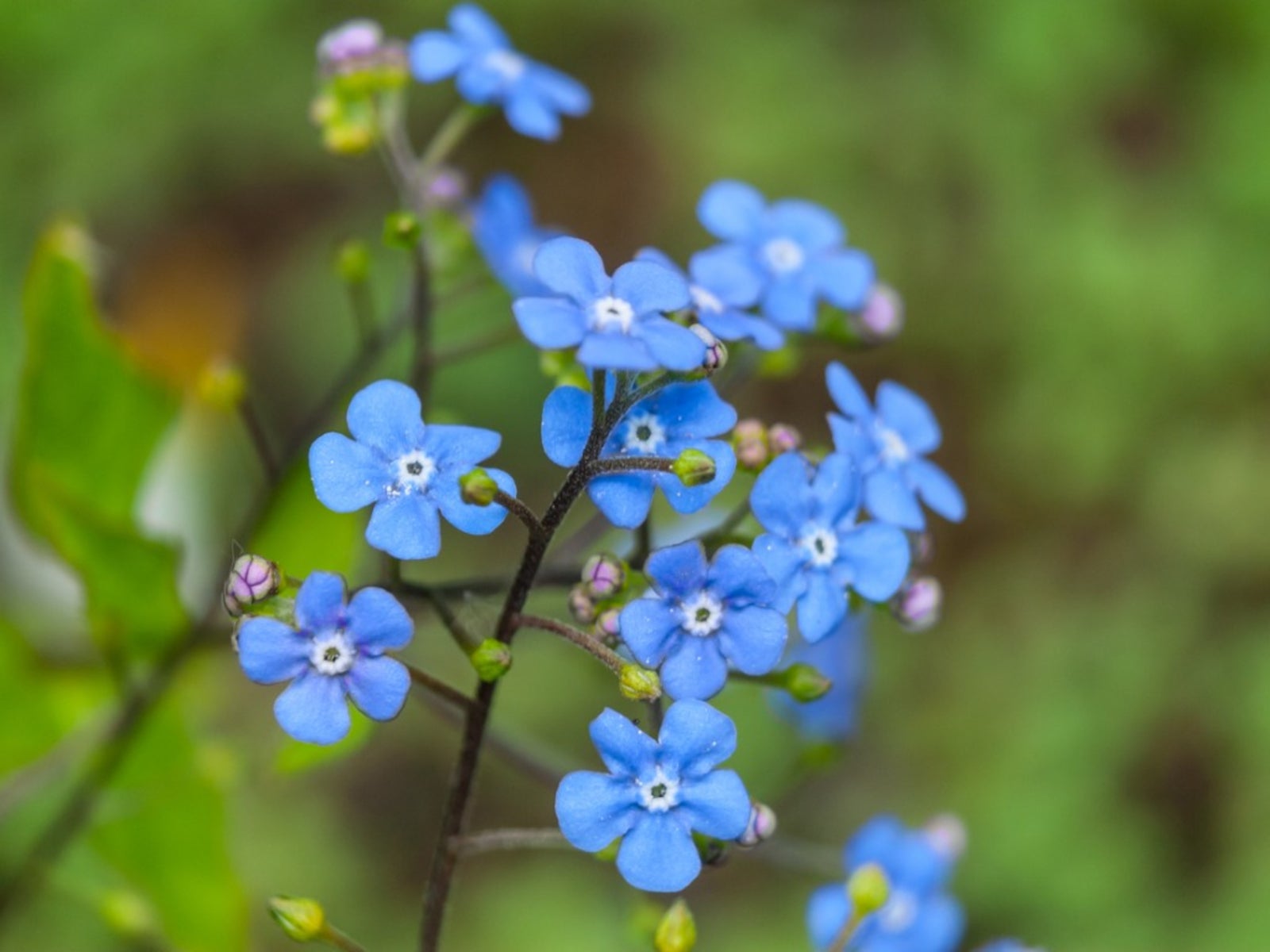 Flowering Pond Plants - Growing Aquatic Flowers
Flowering Pond Plants - Growing Aquatic FlowersAdding flowering pond plants to natural and manmade water features can be an easy way to quickly beautify a space with lush greenery and vibrant bursts of seasonal color. Read on for more.
By Tonya Barnett
-
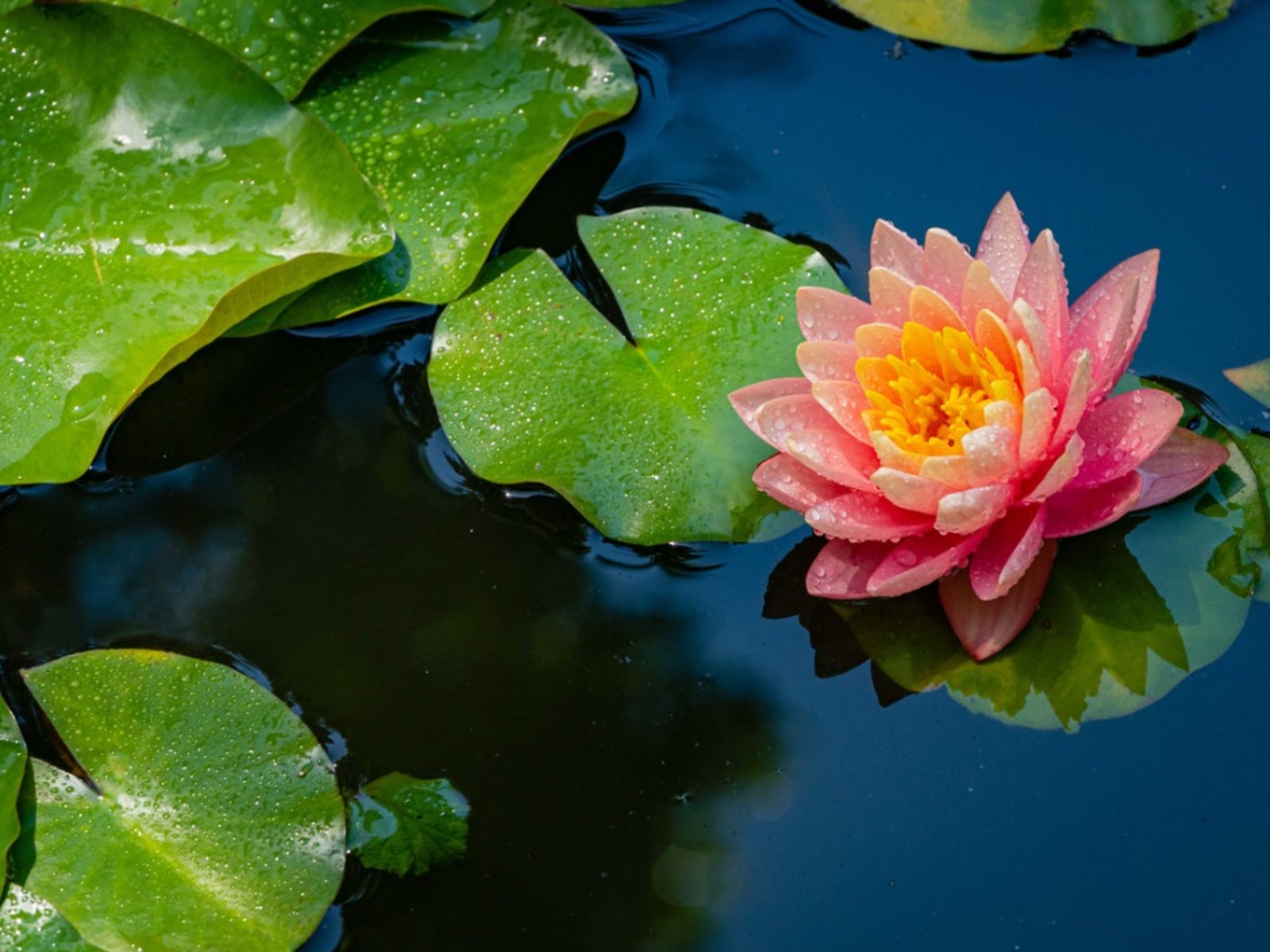 Full Sun Aquatic Plants - Full Sun Floating Pond Plants
Full Sun Aquatic Plants - Full Sun Floating Pond PlantsThere are pros and cons to putting a pond in full sun, but it's very doable. Here are some ideas to get you started.
By Mary Ellen Ellis
-
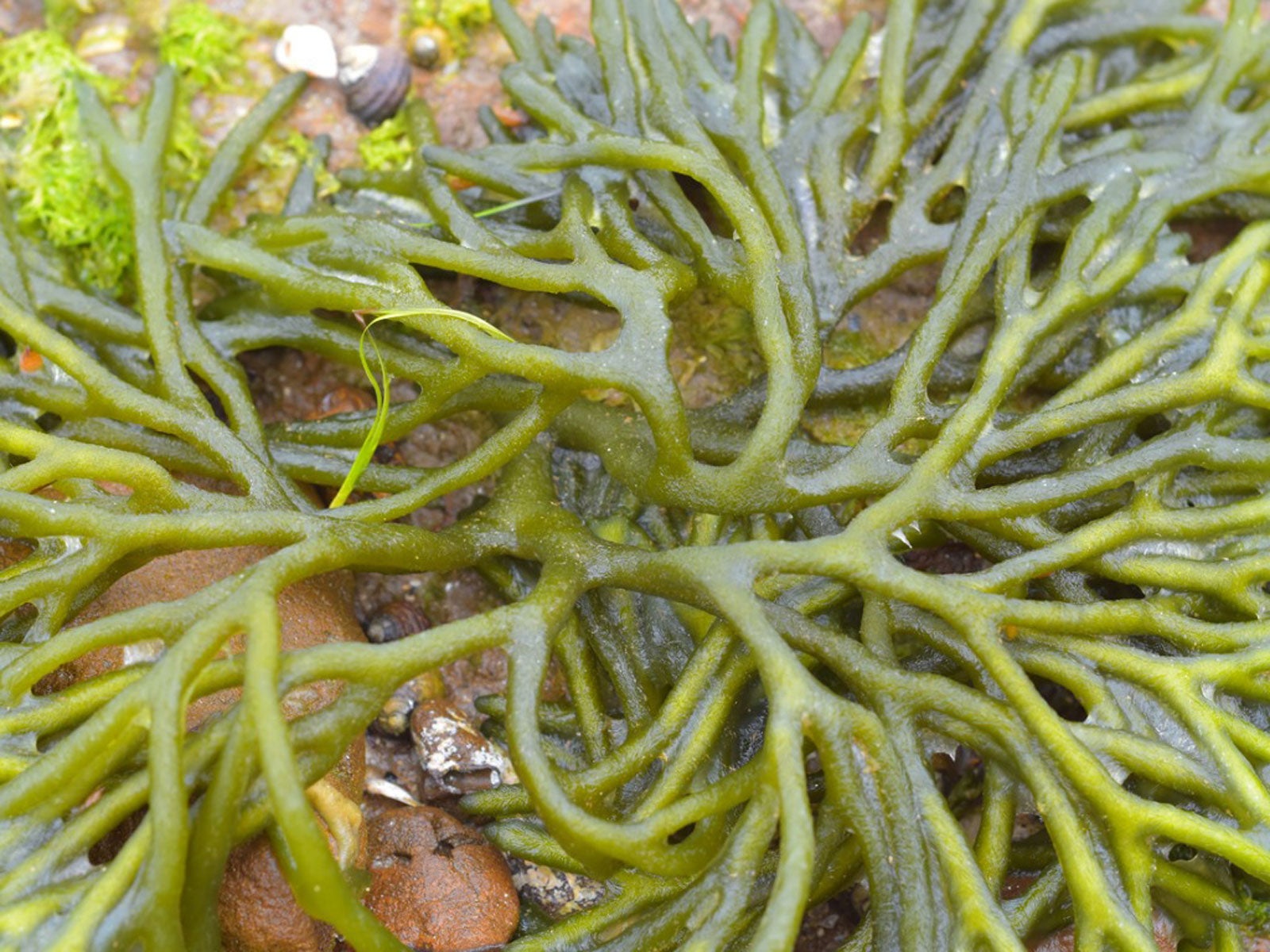 What Is A Saltwater Aquarium: Plants For Saltwater Aquariums
What Is A Saltwater Aquarium: Plants For Saltwater AquariumsBuilding and maintaining a saltwater aquarium requires some expert knowledge in choosing the right plants. Here are some choices to start with.
By Mary Ellen Ellis
-
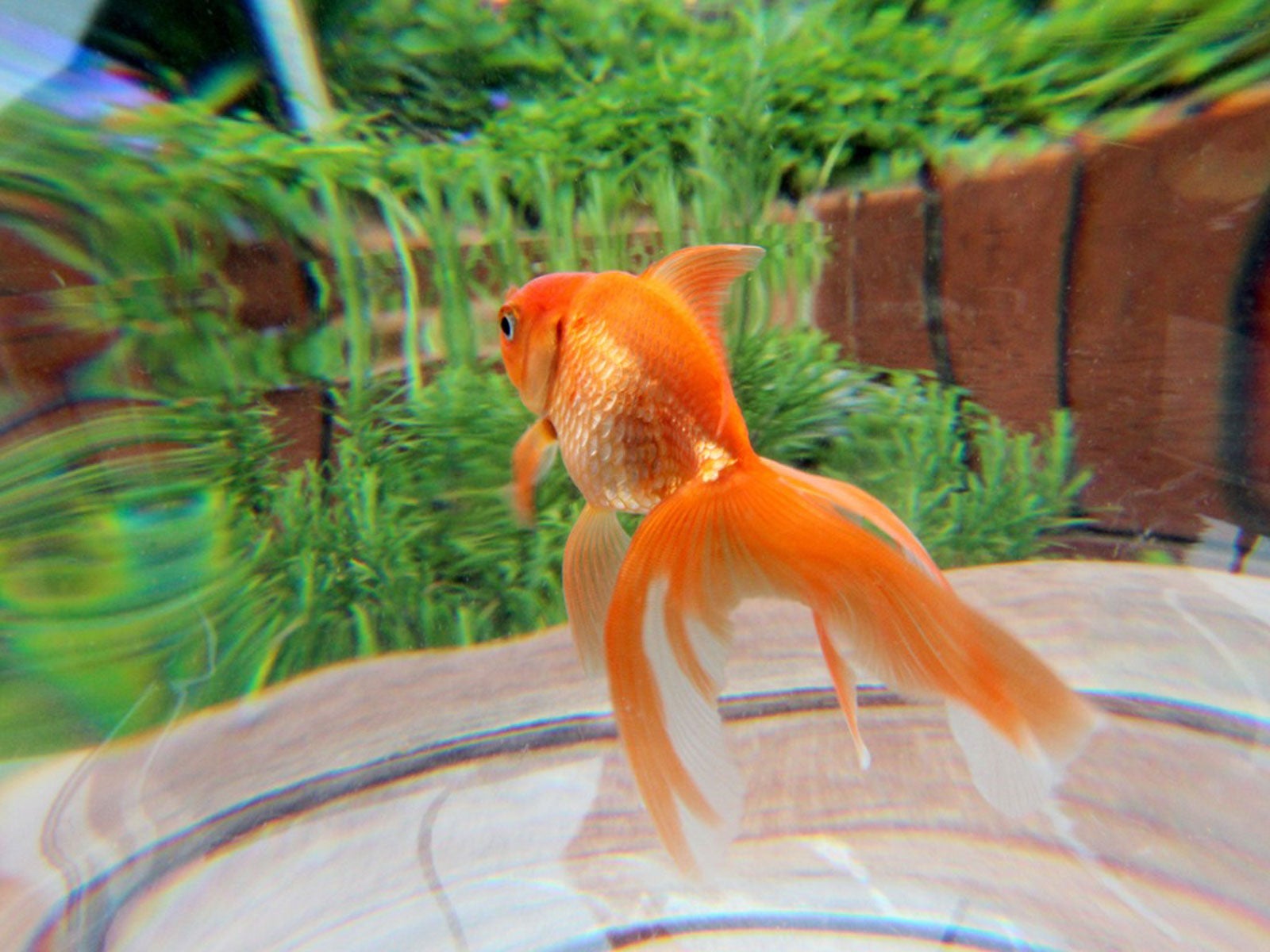 Outdoor Aquarium Ideas: Putting A Fish Tank In The Garden
Outdoor Aquarium Ideas: Putting A Fish Tank In The GardenAquariums are generally made for inside the house, but why not have a fish tank outside? Click here for tips and ideas on backyard aquariums.
By Mary Ellen Ellis
-
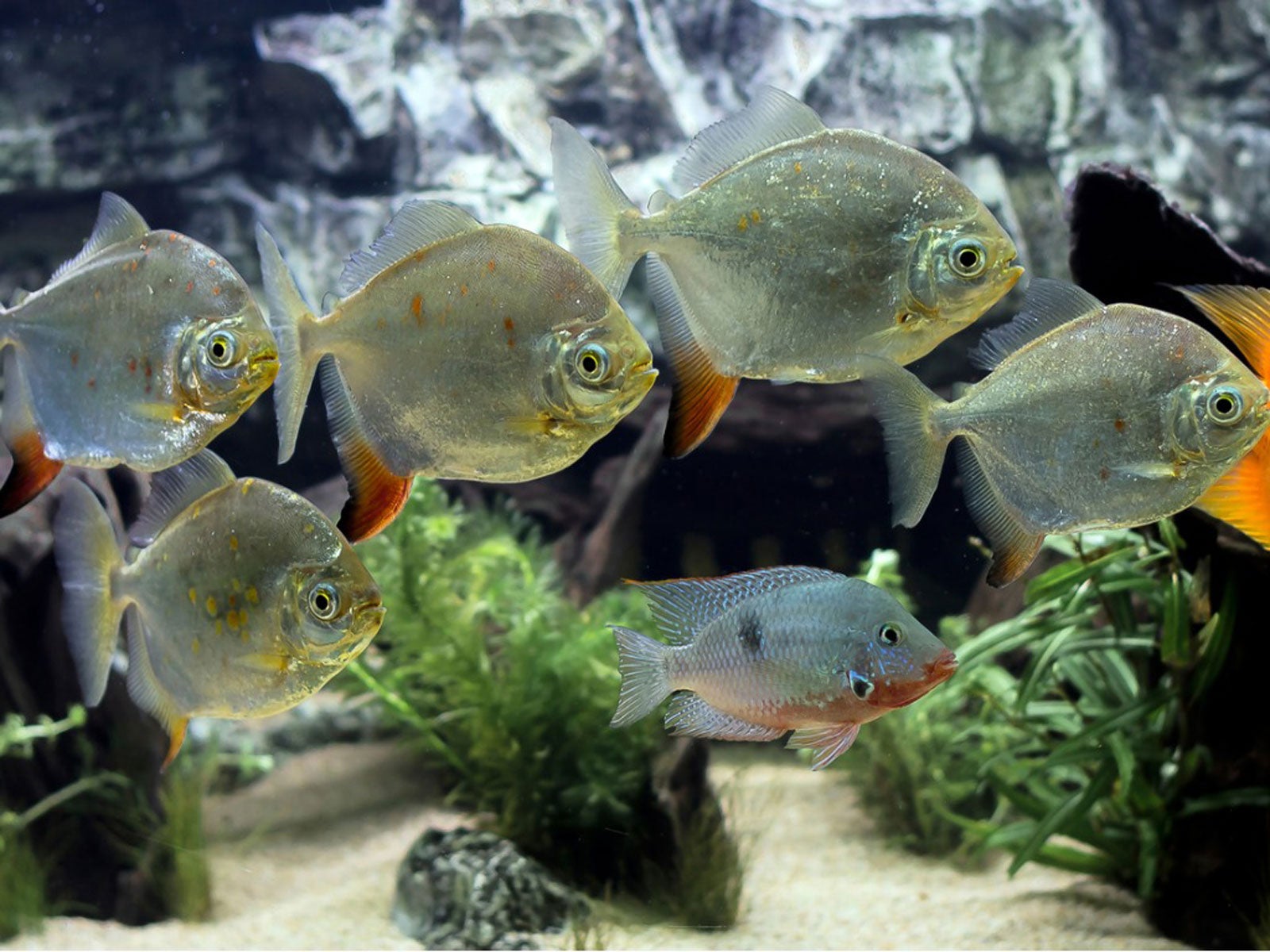 Fish That Eat Plants – Which Plant Eating Fish Should You Avoid
Fish That Eat Plants – Which Plant Eating Fish Should You AvoidGrowing plants with aquarium fish is rewarding, but if you want to combine plants and fish, learn what aquarium fish to avoid. This article will help.
By Mary H. Dyer
-
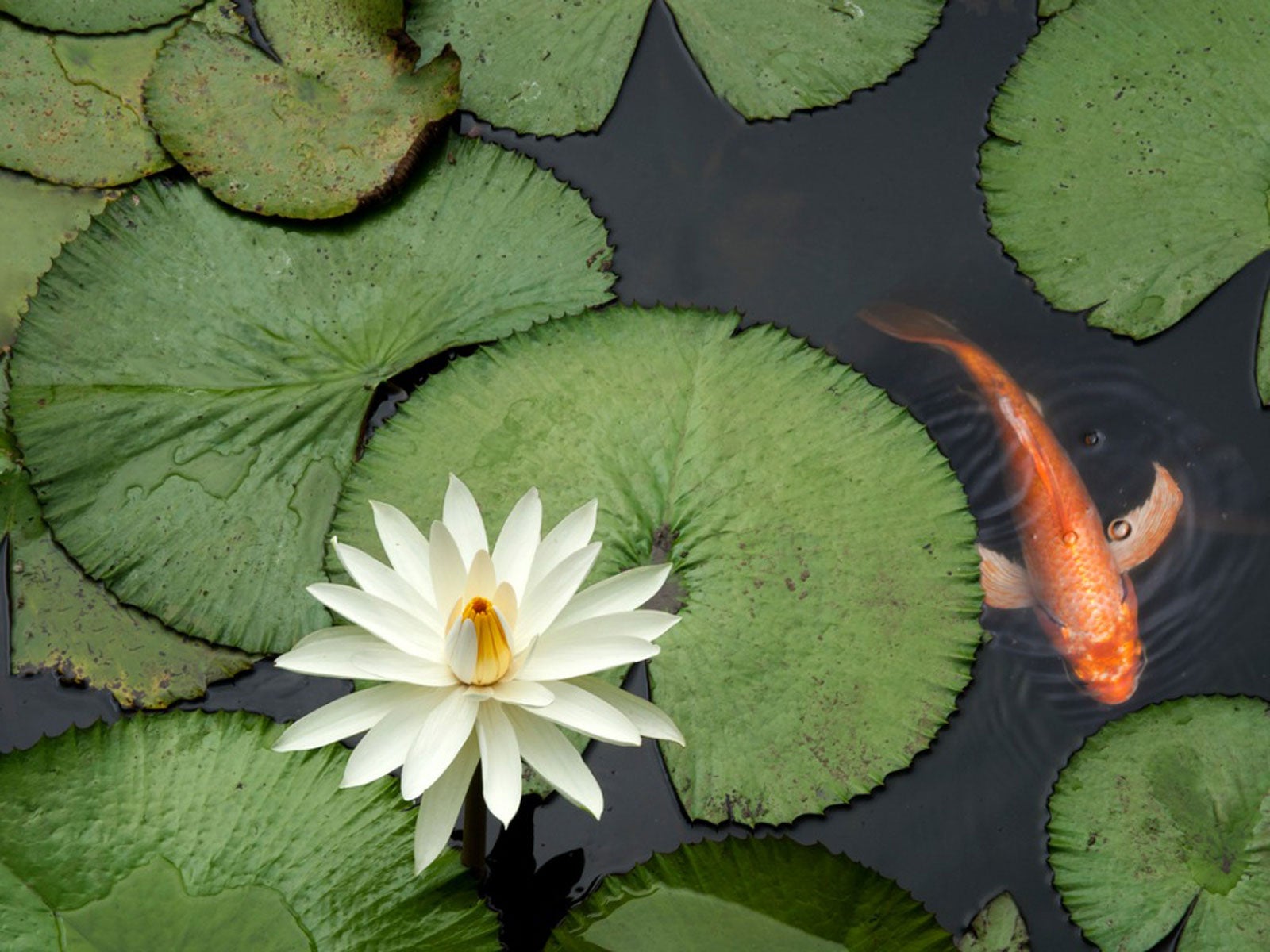 Is Pond Fertilizer Bad For Fish: Learn About Fish Safe Fertilizer
Is Pond Fertilizer Bad For Fish: Learn About Fish Safe FertilizerUsing fertilizer around fishponds must be done with care. Excess nitrogen causes algae, but can also contaminate the water and affect fish. Learn more here.
By Bonnie L. Grant
-
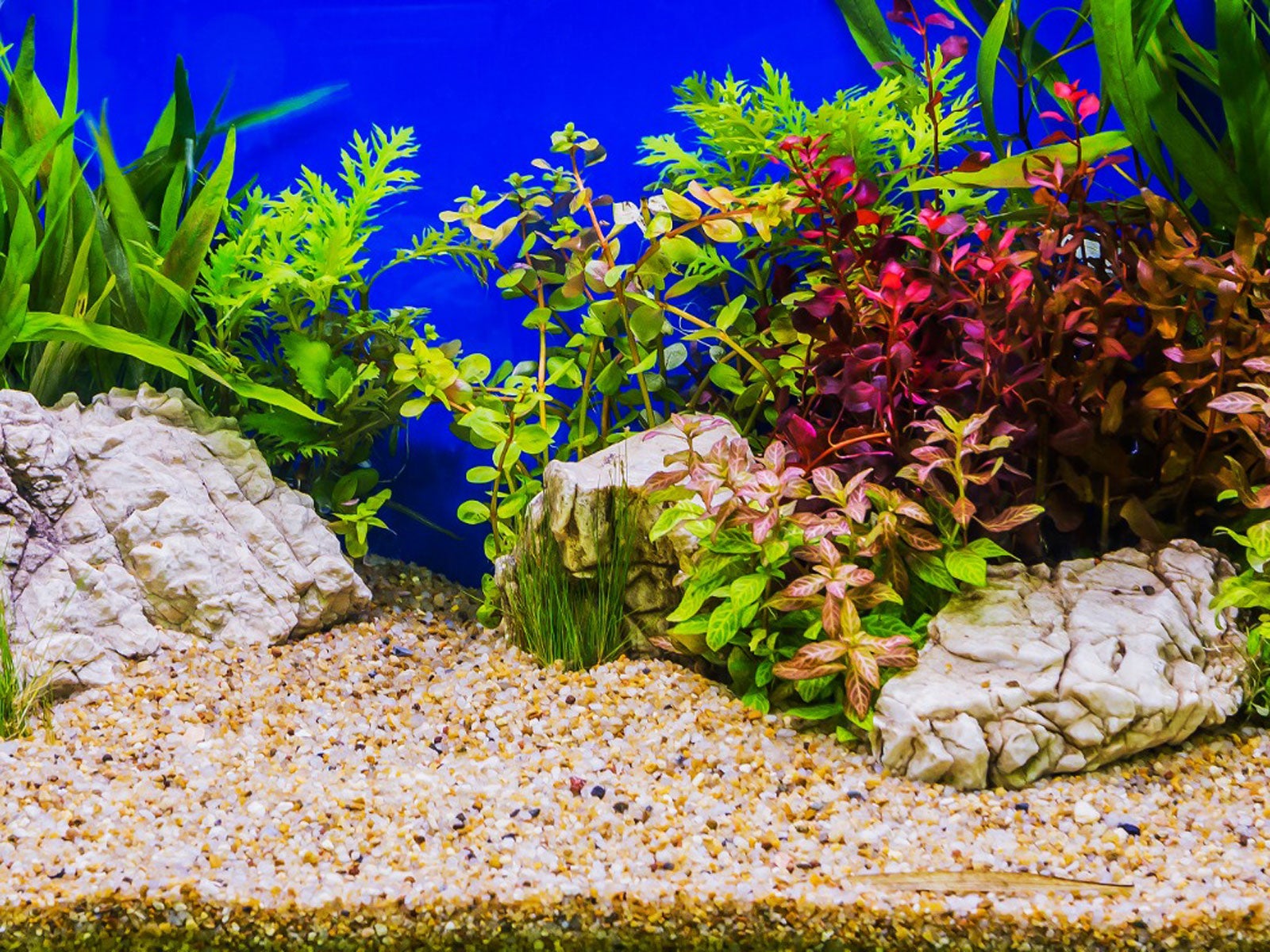 What Is Aquascaping – Creating An Aquarium Garden
What Is Aquascaping – Creating An Aquarium GardenAquatic gardening can be a rewarding endeavor, especially when aquascaping. Click this article to learn more about creating an aquarium garden.
By Nikki Tilley
-
 What Is Bubble Aeration: Learn About Pond Bubbler Systems
What Is Bubble Aeration: Learn About Pond Bubbler SystemsWithout proper care and maintenance, a pond can become a smelly, brackish pit and a breeding ground for mosquitos. The best way to keep a pond clean and odor free is with an aeration system. To learn about bubble aeration in ponds, click here.
By Mary H. Dyer